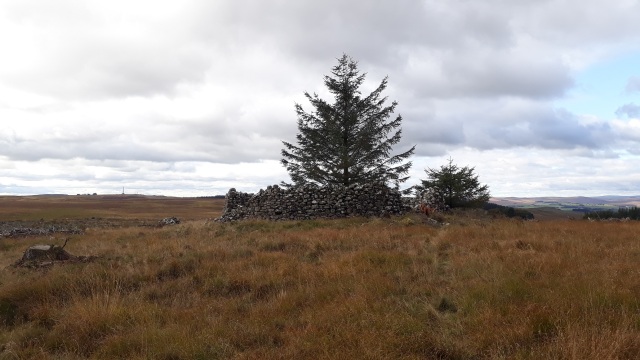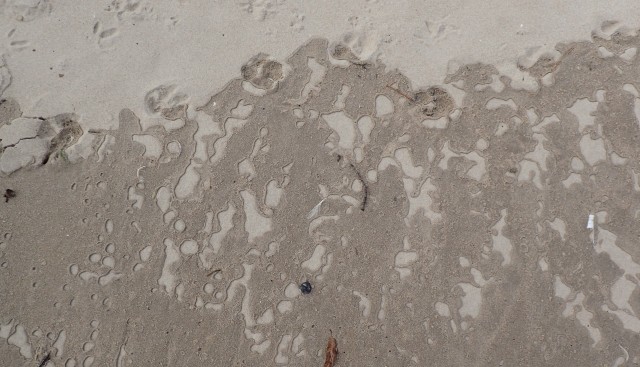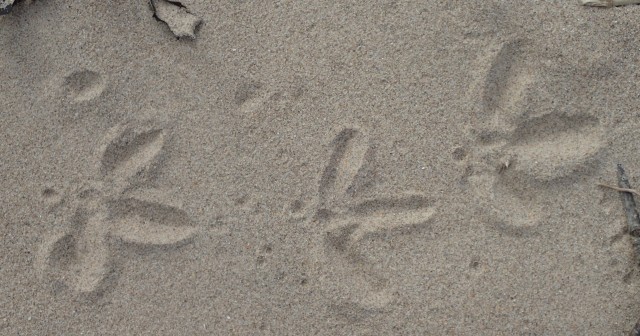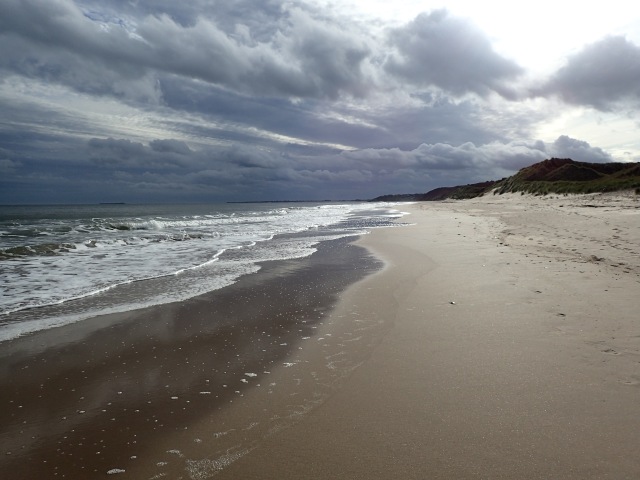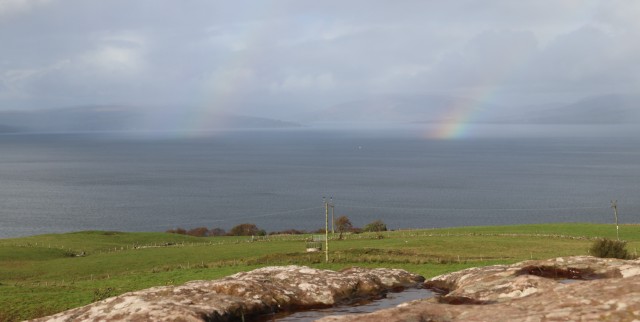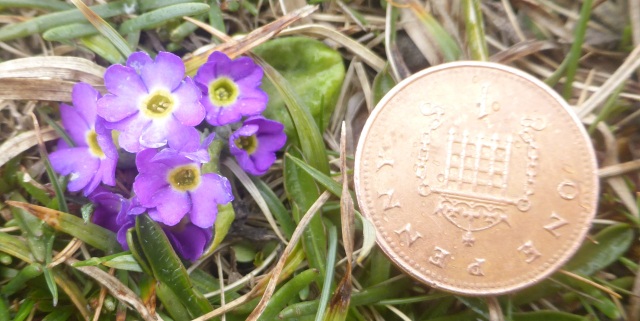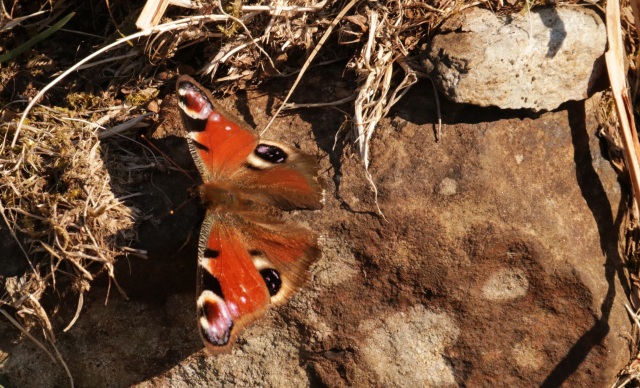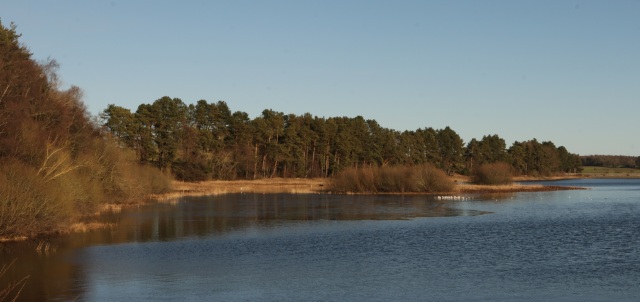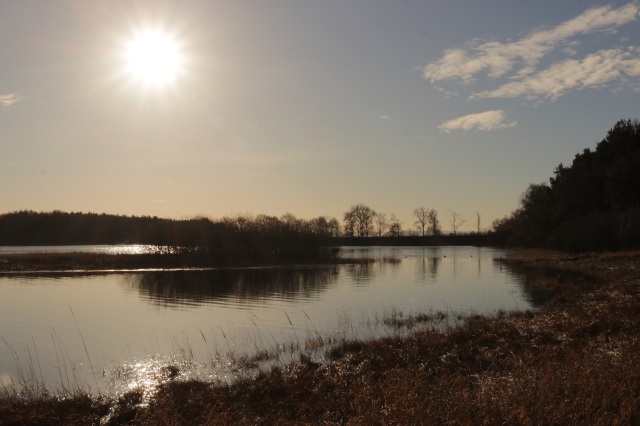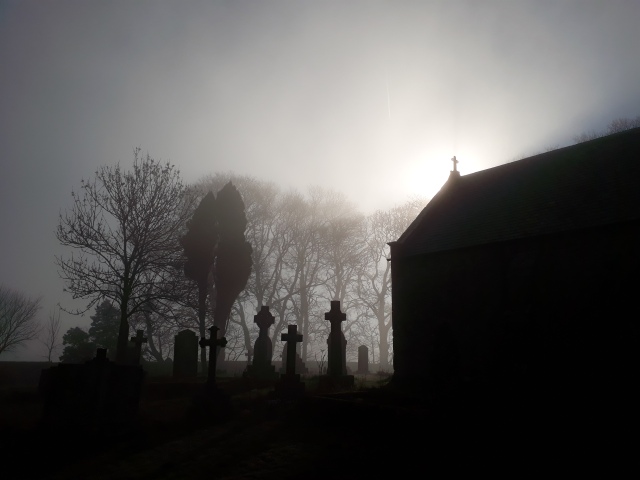
St Oswald’s Church, Heavenfield, in the morning mist (c) Duncan Hutt
The fog was beginning to clear as we set out past St Oswald’s Church at the appropriately named Heavenfield. The walk took us along part of the Hadrian’s Wall trail but the wall itself was largely an irrelevance.
The mist swirled around the church giving glimpses of the sun, the promise was for a warm and bright day, more appropriate for much later in the year than a February morning. The church itself is small, perched on the hill top but tucked into its surrounding churchyard trees. It’s on the site of a AD 635 battle between King Oswald of Northumbria and King Cadwollon of Gwynedd. King Oswald became a saint and the church is dedicated to him.
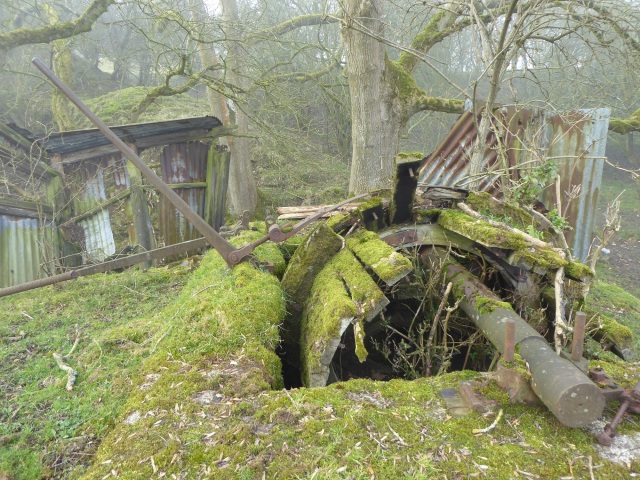
Winch drum for tramway incline at Cocklaw Quarry (c) Sally Hutt

Winch drum, Cocklaw Quarry (c) Duncan Hutt
There was a chill in the air as we descended back into the fog down the path behind the church and into the seeming unknown. Part way down the hill the path skirts the side of Cocklaw Quarry, following an old tramway incline as it drops past the void to the left. At the base of this top incline is the top of the lower one. Here a set of corrugated iron sheds is slowly disintegrating and in front of them is the remarkably intact winch drum. This is the drum on which the cable would be wound so that laden trucks descending could be used to haul up the empty ones; a brake mechanism allowed for some control from the top.

Sun through the mist at Cocklaw (c) Duncan Hutt
Further on and the sun eventually burnt through providing views north to Chollerton and the North Tyne. Ahead was the old windmill tower of Chollerton Farm which would have provided a then modern way to drive machinery when the farmstead was constructed. On our side of the valley, at Cocklaw is an older piece of history, a defensive pele tower from the days of border reiving.
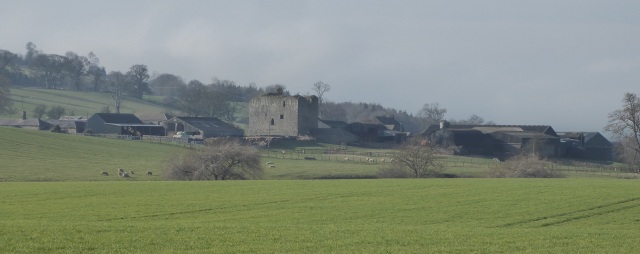
The peel tower at Cocklaw (c) Sally Hutt

Old lane to Keepwick Fell (c) Duncan Hutt
We took an old trackway back up the hill past Keepwick Fell. The old route never quite became a proper road, its value gone before any upgrade would have occurred. A pleasant green lane hemmed between hedges until opening out onto hill ground above. Here skylarks sang in the now blue sky above and a pair of curlew piped their warbling call to the east. A line of small limestone quarries could be traced across the hillside, ones that never quite became the size and complexity of Cocklaw.
The walk back was along the line of Hadrian’s Wall, or at least the defensive ditch to its north side, the wall being lost under the nearby road. But, there wasn’t much of the Roman history to see and the stories in the landscape of more modern times was a far more fascinating tale to be read.
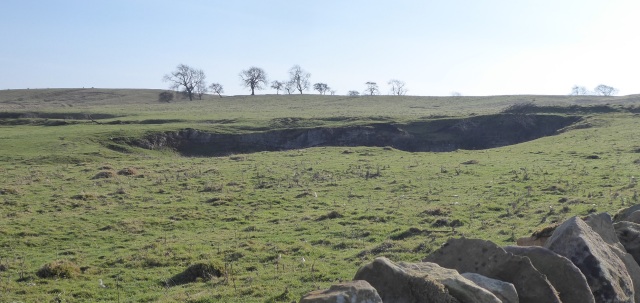
Limestone quarries, Keepwick fell (c) Sally Hutt
